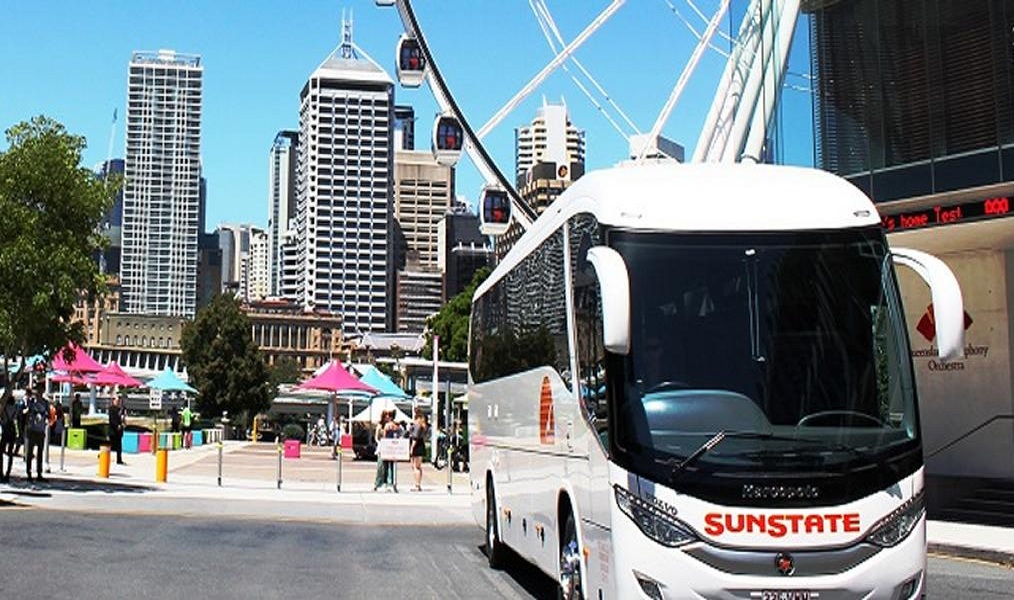The future of travel is here, and it’s autonomous! Autonomous vehicles (AVs), also known as self-driving cars, are revolutionizing transportation. These high-tech marvels are designed to navigate without human intervention, thanks to advanced sensors, machine learning, and artificial intelligence. As the technology matures, it’s reshaping how we move, connect, and experience the world around us. Let’s dive into the ways autonomous vehicles are transforming travel.

Content
Enhanced Safety on Roads
One of the biggest advantages of autonomous vehicles is improved safety. Human error is responsible for the vast majority of road accidents. Factors like distracted driving, speeding, and fatigue often lead to collisions.
Self-driving cars use sensors, cameras, and radar systems to detect obstacles, other vehicles, and pedestrians. They make split-second decisions, avoiding accidents more effectively than human drivers. With autonomous technology, we can envision a future with fewer crashes, saving countless lives.
Increased Accessibility
Autonomous vehicles are making travel more accessible for people with disabilities, the elderly, and others who face challenges with traditional driving. These vehicles provide a new level of independence, allowing individuals to get where they need to go without relying on others.
Imagine someone with limited mobility being able to commute to work or visit loved ones without any barriers. Autonomous technology ensures everyone can participate in society more fully.
Reduced Traffic Congestion
Traffic jams are a major issue in urban areas, wasting time and fuel. Autonomous vehicles can communicate with one another in real-time, optimizing traffic flow and reducing bottlenecks.
For instance, self-driving cars can adjust speeds and coordinate movements to ensure smoother transitions at intersections or during lane changes. Over time, this technology could lead to shorter commutes and less stress for travelers.
Eco-Friendly Travel
Autonomous vehicles are also helping the environment by promoting fuel efficiency and reducing emissions. Many self-driving cars are electric or hybrid, which cuts down on fossil fuel consumption.
Additionally, autonomous systems are designed to drive more efficiently, avoiding rapid acceleration and sudden braking, which can waste energy. A future with more self-driving cars could contribute significantly to a cleaner and greener planet.
Cost Savings for Travelers
Although autonomous vehicles are an expensive investment upfront, they offer long-term savings. For one, these cars are likely to reduce maintenance costs by driving more cautiously and avoiding unnecessary wear and tear.
Additionally, autonomous ride-sharing services may replace the need for individual car ownership in urban areas. Instead of owning a vehicle, people could pay for rides as needed, saving money on insurance, fuel, and parking fees.
Improved Productivity
Imagine being able to work, read, or relax during your daily commute. Autonomous vehicles make this possible by handling all the driving tasks.
Passengers can use travel time to focus on personal or professional tasks, boosting overall productivity. For businesses, this means employees can make the most of their time on the road.
Changing Urban Landscapes
The rise of autonomous vehicles is influencing how cities are planned and built. With fewer cars needed on the road, parking lots and garages may become less necessary.
Urban planners can repurpose these spaces for parks, housing, or community facilities, creating more vibrant and livable cities. Streets might also be redesigned to accommodate autonomous traffic systems, making cities safer and more efficient.
Challenges to Overcome
While autonomous vehicles have many benefits, challenges remain. Technology reliability, cybersecurity, and ethical considerations are some of the key issues.
For example, self-driving cars must be programmed to handle complex situations, such as choosing between two unavoidable accidents. Additionally, ensuring that these vehicles are secure from hacking is crucial to prevent malicious misuse.
There are also questions about job losses in industries like trucking and taxi services, as well as concerns about how this technology might widen the gap between those who can afford it and those who cannot.
The Role of Government and Regulation
Governments worldwide are stepping in to regulate the development and deployment of autonomous vehicles. Creating safety standards, testing protocols, and guidelines for their use is essential for widespread adoption.
Public awareness campaigns are also helping people understand the benefits and limitations of self-driving cars. As trust grows, more individuals and businesses are likely to embrace the technology.
A Glimpse into the Future
Autonomous vehicles are just the beginning of a broader transformation in transportation. In the future, we may see fully automated highways, flying cars, and integrated public transport systems powered by AI.
As these innovations take shape, our world will become more connected and efficient, offering new possibilities for how we live and travel.
Conclusion
Autonomous vehicles are not just changing the way we drive; they’re transforming the entire travel experience. From enhanced safety to environmental benefits, the impact of this technology is immense. While challenges remain, the potential for a safer, greener, and more accessible future makes autonomous vehicles an exciting development in modern transportation.
The journey to fully autonomous travel may take time, but the progress we’re seeing today promises a brighter tomorrow for everyone. Are you ready for the ride?

Daniel is the eco-conscious auto whisperer. His blog doesn’t preach; it educates on the world of green transportation. It’s your guide to reducing your carbon footprint without sacrificing style or speed.












